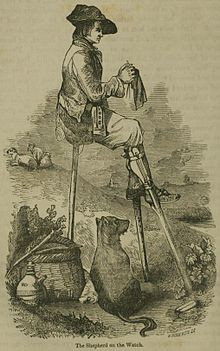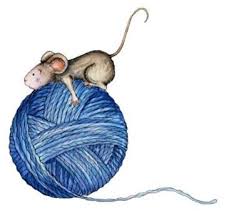Knitting History. Part 2.
Hello, my friends!
Today, I'd like to continue the history of knitting.
Hand knitting history – The earliest known knitted items found in Europe; made by Muslims employed by the Spanish Christian Royal Families in the 13th century AD.
Their ability to make high quality knitted goods like cushion covers and gloves are visible in several tombs in a Monastery in Spain.
Once such tomb was that of Prince Fernando, which featured beautifully made cushion covers with intricate designs.
The Catholic Spanish must have found these items extraordinary, as many garments and accessories are in catholic church treasuries across Spain.
The knitting skill and textiles skills these Muslim crafters from the Middle East brought to Spain influenced many branches of Christianity.
Usually brought through trade routes to the Mediterranean, and further trade routes reaching Spain and the UK.
Many paintings of the Virgin Mary from the 14th century portray the Madonna knitting.
Knitting began to become more popular in Europe in the 14th century too.
Findings by archaeologists, such as tax lists in cities such as London, Oslo, Amsterdam, and Newcastle, indicate the exchange and use of knitted goods spread throughout European nations throughout the 14th century.
Although the purl stitch is in items from Ancient Egypt, the expertise was probably lost in Europe.
The word knit only became listed in the Oxford Unabridged English Dictionary in the 15th century, despite being present since 1400 AD.
The first examples with the purl stitch in places other than Egypt appeared in the mid 16th century. Egyptian knitting only had flat knitting. However, flat knitting in Europe was most likely inspired by framework knitting.
During the reign of Queen Elizabeth I, the demand for stockings increased.
She was a great fan of knitted silk stockings as the fabric was so soft. Knitting schools were set up as a way of providing income for the poor. This skill often became a necessity for the lower classes.
Over in what was soon to be the United States, the wife of George Washington was a keen knitter and helped boost the craft industry.



Great read!
Do you have anything on crocheting?
I would like to read about crocheting.
Yes, the previous posts were about crocheting and amigurumi history.
Here are the links: https://www.craftorator.com/forum/78-crochet-histo...
https://www.craftorator.com/forum/79-history-of-am...